Grease traps are essential components of commercial kitchens and food establishments. They help prevent grease, oil, and other fats from entering the sewer system, thereby reducing the risk of clogs and environmental pollution. Proper maintenance of grease traps is crucial to ensure their effective functioning. To keep the grease traps in any establishment in good shape, pay attention to the following dos and don’ts.
Dos:
Working with a professional can make it easier to keep the grease traps clean and make sure they’re cleaned out as needed to prevent potential issues. Visit websites like johnsonsepticservice.com to schedule services. Along with professional help, be sure to do the following to help keep the grease traps in great shape.
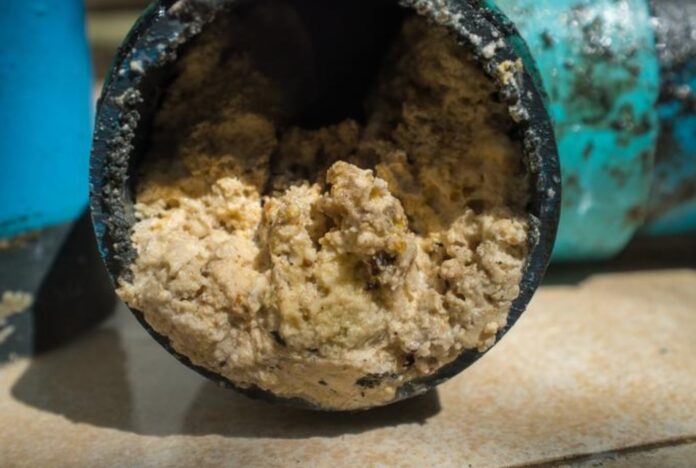
Regular Cleaning
Schedule regular cleaning and maintenance for your grease trap. The frequency of cleaning depends on the size of your establishment and the amount of grease generated. Typically, grease traps should be cleaned every 30 to 90 days. For especially busy kitchens, it’s better to have it cleaned more frequently to prevent issues rather than wait and risk something happening.
Scrape Plates and Dishes
Prior to washing dishes or utensils, scrape off excess food and grease into the trash can. This reduces the amount of solid waste that enters the grease trap and helps prevent clogs. It can also reduce the potential for foul odors or other issues with the grease trap and the pipes.
Install Strainers
Use strainers or screens in sinks and drains to catch food particles and solids. This prevents them from entering the grease trap and clogging the system. It is important to minimize how much food particles can get into the grease traps, as they can clog if too much food gets in there. By cleaning plates and using strainers to catch any particles, it’s easier to keep the grease traps in good shape.
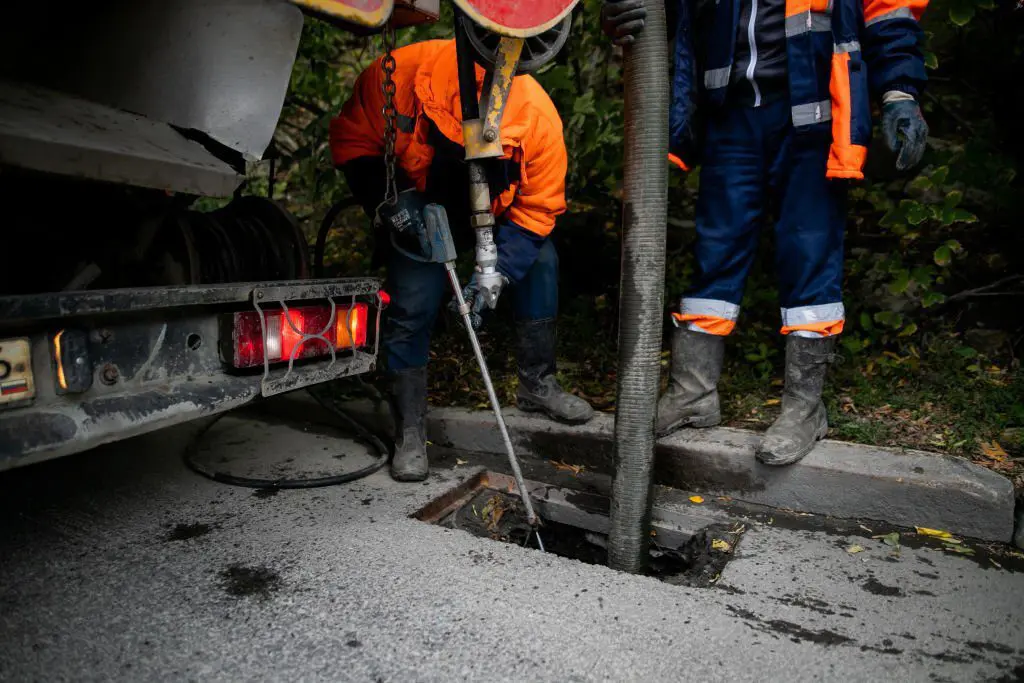
Educate Staff
Train your staff about the importance of proper waste disposal and maintenance of grease traps. Ensure they understand the dos and don’ts to prevent any unintentional mistakes. Also, make sure they know what signs to look out for that something may be wrong or that there may be an issue with the grease traps. Let them know what to do if they notice anything wrong or who to call for help.
Keep Records
Maintain detailed records of grease trap cleaning, including dates, cleaning methods, and contractor information. This helps track the maintenance schedule and ensures compliance with local regulations. It also makes it easier to know when maintenance is needed or to tell if something is wrong and who to call to have it fixed.
Hire Professional Services
Engage a professional grease trap cleaning service to ensure thorough cleaning and proper disposal of the waste. Professionals have the necessary equipment and expertise to handle grease trap maintenance effectively. They also have the training needed to prevent damage or other issues while cleaning the grease traps.
Monitor Water Usage
Be mindful of excessive water usage, as it can lead to dilution of grease and hinder the effectiveness of the trap. While water will go through the grease trap, encourage water conservation practices to maintain the efficiency of your grease trap.
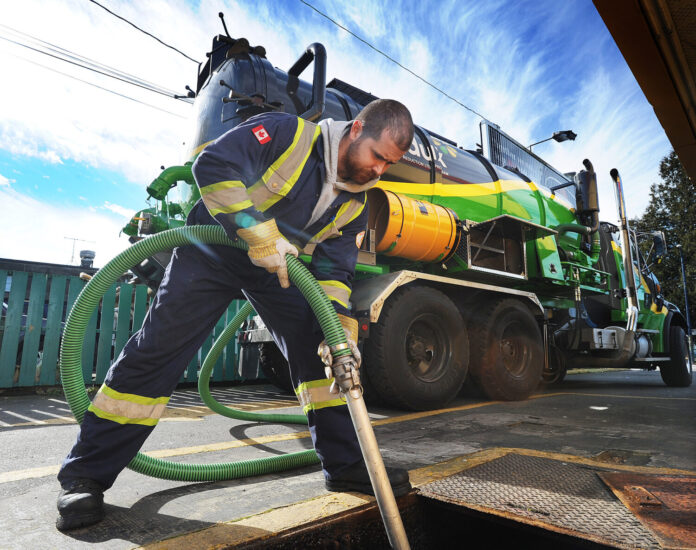
Don’ts:
There are some things to avoid when using grease traps, too. It’s important to make sure they’re used properly to prevent issues in the kitchen. Make sure the staff is properly trained in how to use the grease traps and avoid all of the following.
Pour Grease Down the Drain
Never pour cooking oil, grease, or fats directly into the drain. Grease solidifies and accumulates in the trap, leading to clogs and foul odors. Dispose of grease in designated containers or recycle it appropriately. It’s always better to properly dispose of the grease to prevent it from building up quickly and causing clogs that will need to be removed for the drains to work properly.
Use Chemical Cleaners
Avoid using chemical drain cleaners or solvents to clean the grease trap. They’re not the quick fix they may appear to be and can cause more damage to occur that will need to be handled by a professional. Chemical drain cleaners can damage the trap’s structure and interfere with the natural breakdown of grease. Stick to manual cleaning or hire professional services. A professional can clean the drains properly to remove all grease without risking any damage to the pipes.
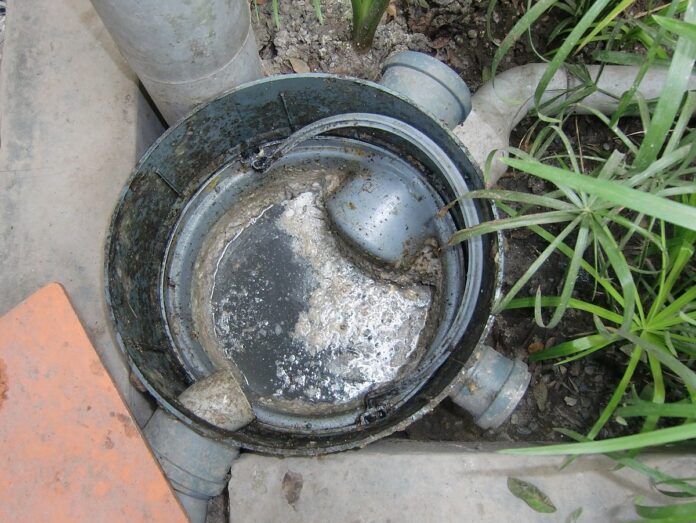
Neglect Maintenance Schedule
Consistency is key in grease trap maintenance. Failing to adhere to a regular cleaning schedule can result in clogs, foul odors, and system failure. Prioritize the maintenance of your grease trap to avoid costly repairs. Keep maintenance on a schedule and make sure it’s followed properly to help prevent issues from occurring.
Disregard Local Regulations
Familiarize yourself with local regulations regarding grease trap maintenance and disposal. Failure to comply with these regulations may lead to fines and penalties. Stay updated and ensure your establishment meets all requirements.
Overload the Grease Trap
Do not exceed the capacity of your grease trap by allowing excessive grease and solid waste to accumulate. An overloaded trap is less effective and prone to clogging. Monitor and clean the trap regularly to prevent issues. If it does appear full or is starting to clog, call for professional help immediately to have it cleaned out before the issue gets worse.
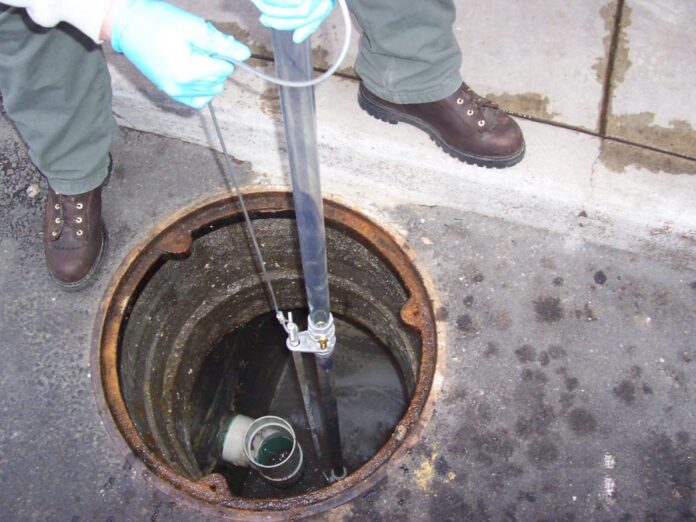
Ignore Signs of Malfunction
Pay attention to any warning signs such as slow drainage, foul odors, or backups in sinks and drains. These could indicate a malfunctioning grease trap. Take immediate action to address the issue and avoid further damage. Repairs may be needed to get everything working again.
By following these dos and don’ts, you can maintain your grease trap effectively, ensuring its optimal performance and minimizing the risk of clogs and costly repairs. Regular cleaning, proper waste disposal, and adherence to local regulations are essential for a well-maintained grease trap. Work with a professional to get answers to any questions you may have or to keep the grease traps cleaned so they continue to work properly and do their job.









